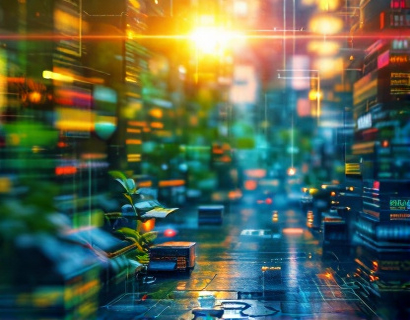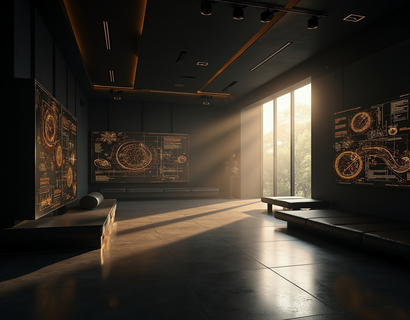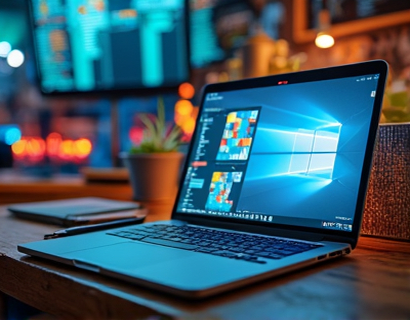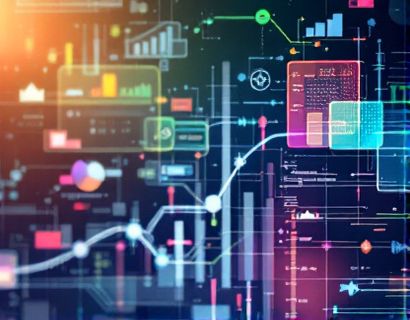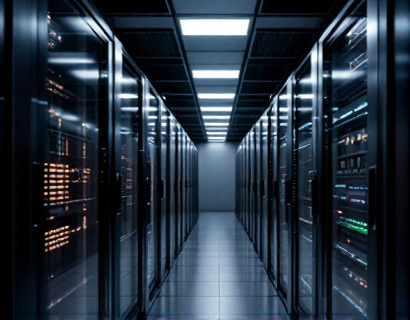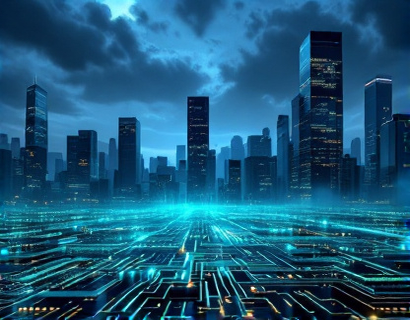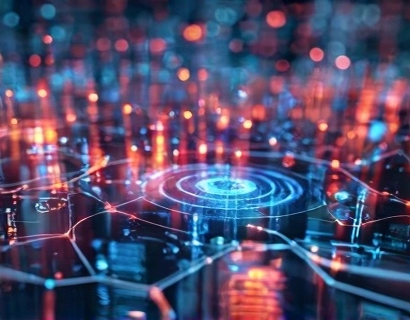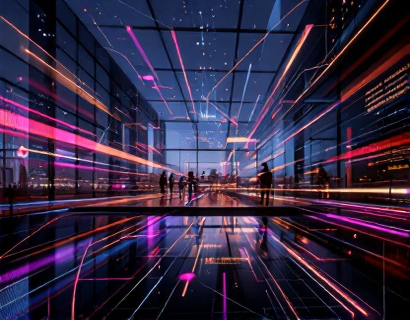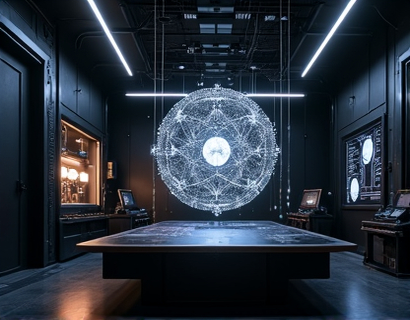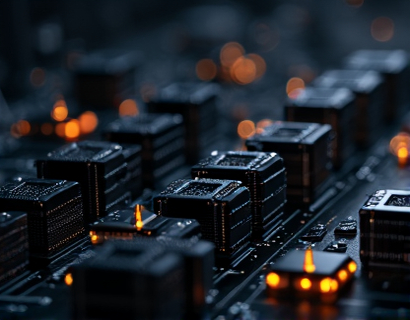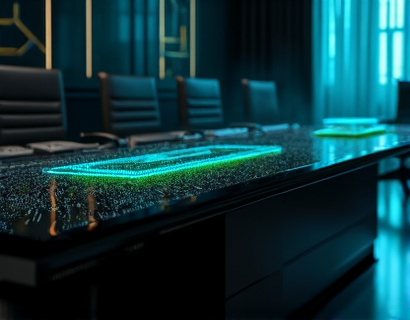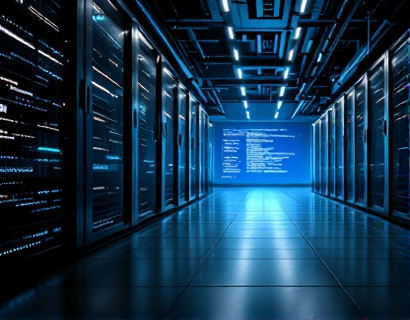Maximizing Your Indoor Garden with Cutting-Edge Tech: Smart Solutions for Solariums
In the modern era, indoor gardening has evolved from a simple hobby to a sophisticated practice, thanks to the integration of advanced technology. For those with a passion for cultivating plants indoors, the combination of smart solutions and innovative setups can transform any space into a thriving ecosystem. This article delves into the cutting-edge technologies that optimize light, climate, and automation, ensuring optimal growth and sustainability for your indoor plants. Whether you are a seasoned gardening enthusiast or a beginner, understanding these advancements can significantly enhance your indoor gardening experience.
Understanding the Basics of Smart Indoor Gardening
Smart indoor gardening leverages technology to create an environment that closely mimics the natural conditions required for plant growth. This involves precise control over light, temperature, humidity, and nutrient delivery. The goal is to provide a consistent and optimal setting that promotes healthy plant development, regardless of external weather conditions or indoor space limitations.
The foundation of any smart indoor garden is a well-designed setup that integrates various technologies. These systems can be tailored to meet specific plant needs, from tropical species requiring high humidity and consistent warmth to succulents that thrive in dry, well-lit conditions. By understanding the unique requirements of your plants, you can select the appropriate technologies to create a customized growing environment.
Optimizing Light for Indoor Plants
Light is one of the most critical factors in plant growth, and indoor gardens often rely on artificial lighting to supplement or replace natural sunlight. LED grow lights have become a popular choice due to their energy efficiency and ability to emit specific wavelengths that are most beneficial for plants. These lights can be adjusted to provide the right spectrum and intensity, supporting different stages of plant development.
One advanced solution is the use of smart LED lighting systems that can be controlled via smartphone apps or automated schedules. These systems can simulate a 24-hour light cycle, adjusting brightness and duration based on the plant's life cycle. For example, seedlings may require 16 hours of light per day, while flowering plants might need 12 hours. By automating these adjustments, you ensure that your plants receive the optimal light conditions at all times.
Climate Control for Ideal Growing Conditions
Maintaining the right climate is essential for the health and productivity of indoor plants. Temperature and humidity levels must be carefully managed to prevent stress and disease. Smart thermostats and humidistats can be integrated into your indoor garden setup to monitor and adjust these conditions in real-time.
For instance, a smart thermostat can maintain a consistent temperature range, automatically turning on heaters or coolers as needed. Similarly, a humidistat can control misting systems or dehumidifiers to keep humidity levels within the ideal range for your plants. Some advanced systems even use sensors to detect changes in the environment and make adjustments proactively, ensuring that your plants always have the best possible conditions.
Automation for Effortless Plant Care
Automation is a game-changer in indoor gardening, reducing the need for manual intervention and ensuring that your plants receive consistent care. Automated irrigation systems can deliver water and nutrients directly to the roots, minimizing waste and preventing overwatering. These systems can be programmed to water plants at specific intervals or based on soil moisture levels, providing the exact amount of water each plant needs.
Fertigation, the process of delivering nutrients through the irrigation system, is another automated solution that can significantly benefit your indoor garden. By mixing nutrients with water and delivering them directly to the plant roots, you ensure that your plants receive the necessary nutrients for optimal growth. Smart fertigation systems can adjust nutrient concentrations based on the plant's stage of growth and environmental conditions, further enhancing efficiency.
Monitoring and Data Analysis for Informed Decisions
One of the most powerful aspects of smart indoor gardening is the ability to monitor and analyze data in real-time. Sensors placed throughout the garden can track a wide range of parameters, including light intensity, temperature, humidity, CO2 levels, and soil moisture. This data is often collected and displayed on a central dashboard, accessible via a smartphone app or web interface.
By analyzing this data, you can gain insights into your plants' health and the effectiveness of your growing conditions. For example, if the temperature consistently exceeds the optimal range, you can adjust your climate control settings to prevent stress. Similarly, monitoring CO2 levels can help you determine if additional CO2 enrichment is needed to boost plant growth. This data-driven approach allows for precise adjustments, leading to healthier plants and higher yields.
Customizable Setups for Unique Needs
Every indoor garden is unique, with different plants having specific requirements. Smart technology enables the creation of customizable setups that can be tailored to meet these diverse needs. For instance, you can set up separate zones within your indoor garden, each with its own climate and lighting conditions. This zoning approach allows you to grow a variety of plants simultaneously, from ferns that thrive in high humidity to cacti that prefer dry conditions.
Modular systems are particularly useful for customization. These systems consist of interchangeable components, such as adjustable shelving, movable lights, and scalable climate control units. By rearranging these components, you can adapt your garden to accommodate different plant types or expand your growing space as needed. This flexibility ensures that your indoor garden can evolve alongside your interests and the growth of your plants.
Sustainability and Energy Efficiency
Sustainability is a key consideration in modern indoor gardening. Smart technologies not only optimize plant growth but also promote environmentally friendly practices. Energy-efficient LED lights, for example, consume significantly less power than traditional grow lights while providing the necessary spectrum for plant development. Additionally, automated systems can reduce water and nutrient waste by delivering resources precisely where and when they are needed.
Some advanced setups incorporate renewable energy sources, such as solar panels, to power your indoor garden. This not only reduces your carbon footprint but can also lower operating costs over time. By integrating sustainable practices, you can enjoy a thriving indoor garden while contributing to a greener planet.
Future Trends in Indoor Gardening Technology
The field of indoor gardening technology is rapidly evolving, with new innovations on the horizon. One exciting development is the use of artificial intelligence (AI) to create even more intelligent and adaptive growing environments. AI can analyze vast amounts of data to predict plant needs and optimize conditions in real-time, further enhancing growth and efficiency.
Another area of interest is the integration of vertical gardening systems, which maximize space utilization in urban environments. These systems use stacked layers of growing media, often combined with automated hydroponic or aeroponic setups, to cultivate a large number of plants in a small footprint. AI and IoT (Internet of Things) technologies can manage these complex systems, ensuring that each plant receives the right amount of light, water, and nutrients.
As technology continues to advance, the possibilities for indoor gardening will only expand. From smart greenhouses that can be controlled remotely to indoor farms that produce food on a large scale, the future of indoor gardening is bright and full of potential.
In conclusion, integrating cutting-edge technology into your indoor garden can transform your space into a high-tech oasis. By optimizing light, climate, and automation, you can create an environment that supports the health and growth of your plants, regardless of external conditions. Whether you are a seasoned gardener or just starting, embracing these smart solutions can elevate your indoor gardening experience to new heights.




